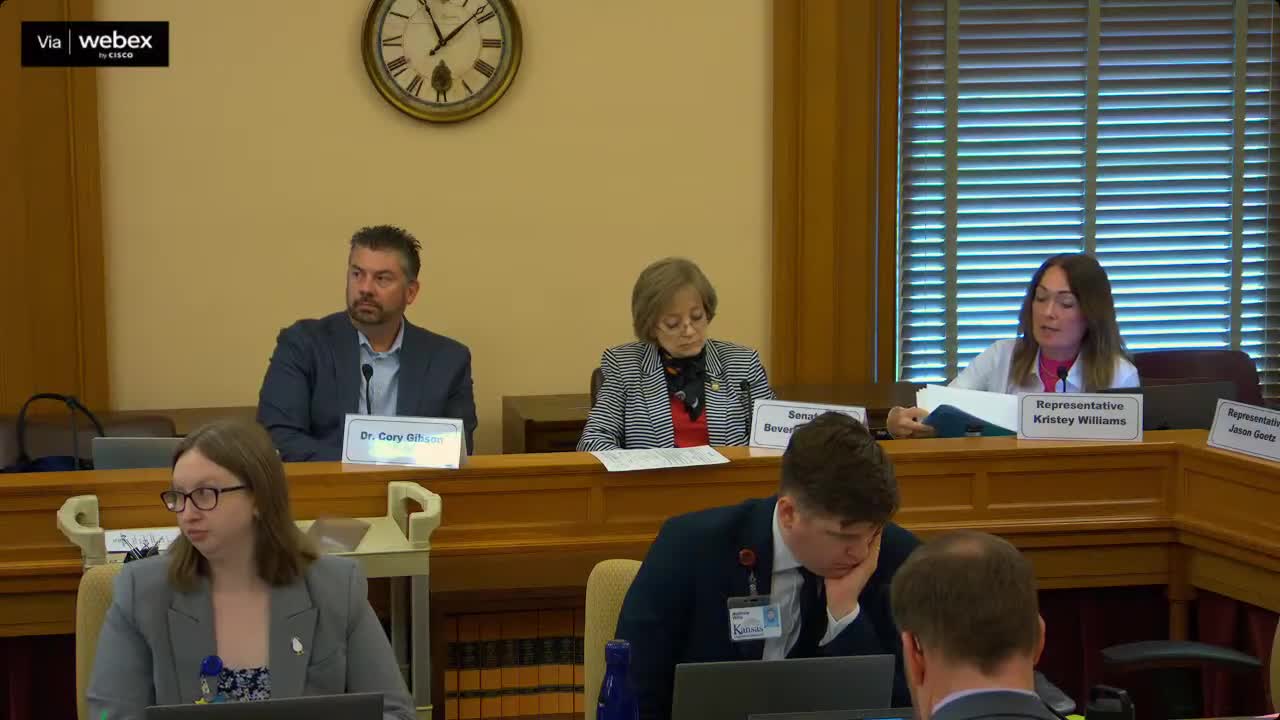Education Task Force examines funding criteria for pre K at risk students
July 02, 2025 | Special Education and Related Services Funding Task Force, Task Forces, Committees, Legislative, Kansas
Thanks to Scribe from Workplace AI , all articles about Kansas are free for you to enjoy throughout 2025!

This article was created by AI using a video recording of the meeting. It summarizes the key points discussed, but for full details and context, please refer to the video of the full meeting. Link to Full Meeting
The conversation began with a focus on preschool funding, specifically the inclusion of at-risk students. It was clarified that preschool funding encompasses both at-risk and special education students, but the task force emphasized that the current model primarily targets at-risk funding. This distinction is crucial, as it determines how schools allocate resources and support for their youngest learners.
Representative Steele raised an important question regarding the criteria for identifying at-risk preschool students. The discussion revealed that eligibility is based on a specific list of criteria, which includes factors such as single-parent households and homelessness. However, the nuances of this system became apparent when it was noted that not all students who qualify for at-risk services also meet the criteria for free lunch, which further complicates funding allocations.
As the dialogue progressed, members expressed concerns about the reliance on free lunch status as a primary indicator of at-risk status. Senator Gossage pointed out that many students face challenges that do not correlate with their lunch status, such as learning disabilities or trauma. This observation sparked a broader conversation about the need for a more comprehensive approach to identifying at-risk students and ensuring that funding is effectively utilized to meet their diverse needs.
The task force also discussed the accountability of at-risk funding. Members questioned whether the funds are being used effectively to improve academic outcomes for students. It was noted that while districts are required to deposit at-risk funds into a designated account, there is a pressing need for transparency regarding how these funds are spent and their impact on student success.
In conclusion, the meeting underscored the complexities of preschool funding in Kansas, particularly for at-risk students. As the task force continues its work, there is a clear call for a reevaluation of the criteria used to determine at-risk status and a commitment to ensuring that all children, regardless of their circumstances, receive the support they need to thrive in their educational journeys. The discussions highlighted the importance of collaboration and clarity in addressing the funding challenges that affect the youngest and most vulnerable learners in the state.
Converted from Education Funding Task Force 07/02/2025 meeting on July 02, 2025
Link to Full Meeting
Comments
View full meeting
This article is based on a recent meeting—watch the full video and explore the complete transcript for deeper insights into the discussion.
View full meeting
